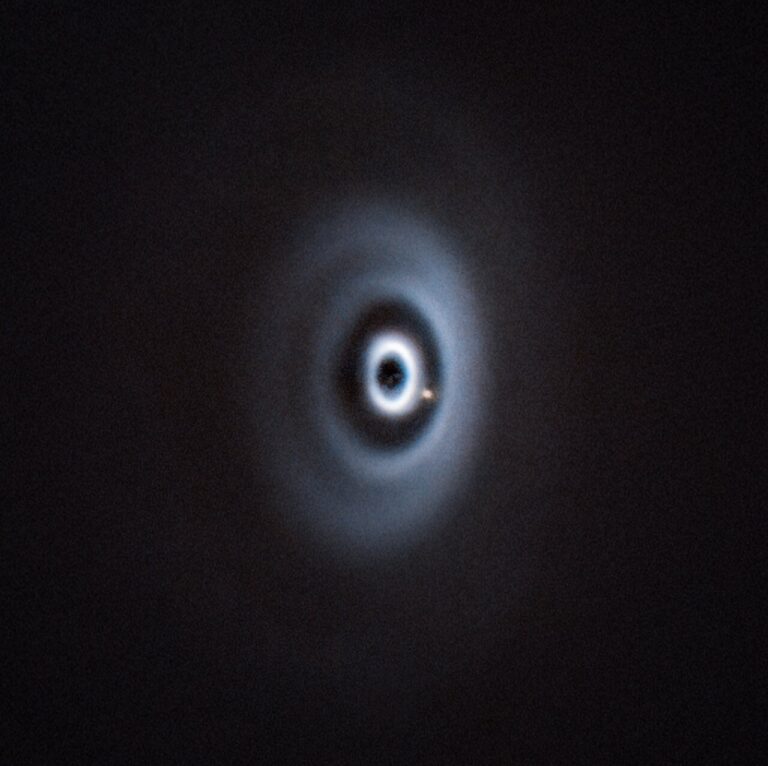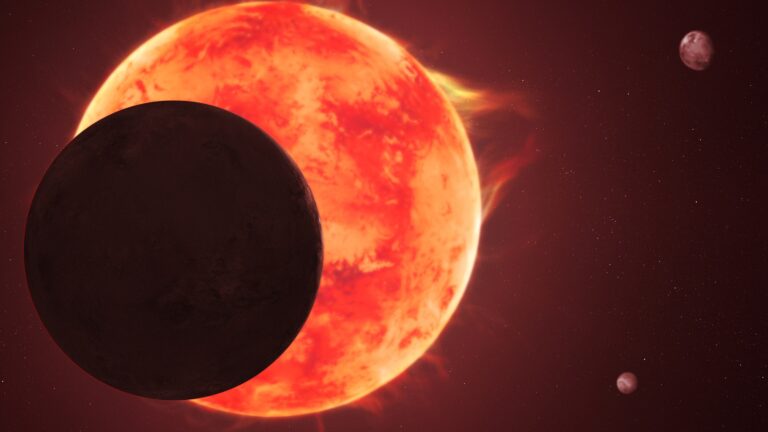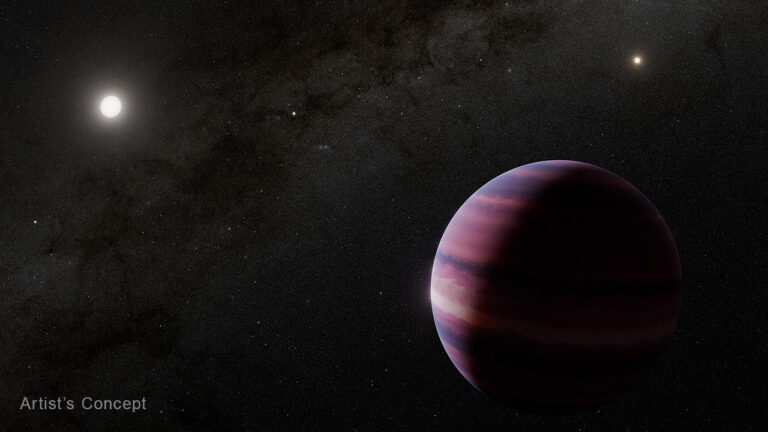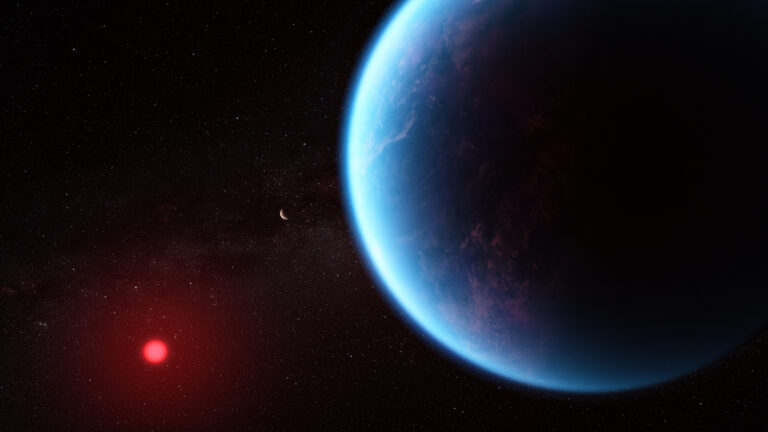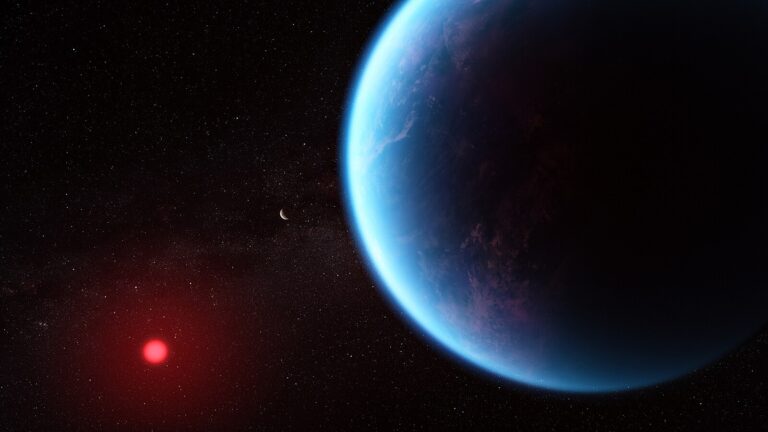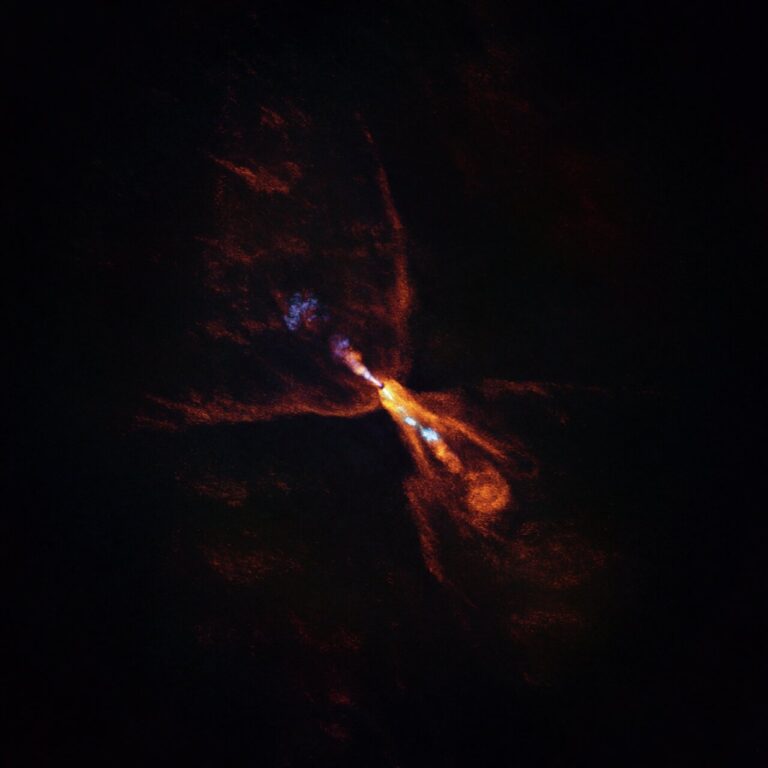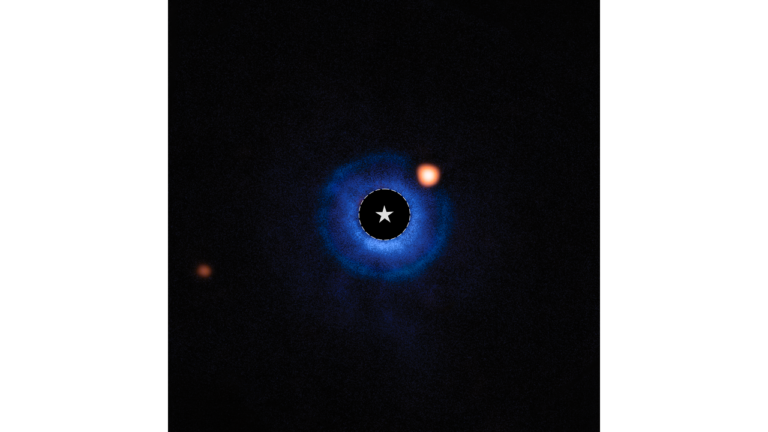Key Takeaways:
Fifteen years ago, astronomers captured the first direct image of a multi-planetary system around a normal star. Now, these same planets are starring in their own video.
The new time-lapse shows four giant planets — each one more massive than Jupiter — circling their host star, HR 8799, over the course of the past 12 years. The infrared observations used to create this time-lapse were captured by the Keck Telescope in Hawaii.
The innermost exoplanet visible in this system, HR 8799 e, takes some 45 Earth-years to complete one revolution around its host star. Meanwhile, the outermost world, HR 8799 b, takes closer to 500 years to complete a single orbit.
“Astronomical events either happen too quickly or too slowly to capture in a movie. But this video shows planets moving on a human time scale.” said Jason Wang, an astrophysicist at Northwestern University who assembled the video, in a news release. “I hope it enables people to enjoy something wondrous.”
HR 8799 is located some 130 light-years from Earth in the constellation Pegasus the Winged Horse. This star is about 1.5 times the mass of our Sun, but some 5 times more luminous, which means it is visible to the naked eye here on Earth. At just 30 million years old, HR 8799 is less than 1 percent as old as the Sun, which was born some 4.6 billion years ago.
“There’s nothing to be gained scientifically from watching the orbiting systems in a time lapse video, but it helps others appreciate what we’re studying,” said Wang. “It can be difficult to explain the nuances of science with words. But showing science in action helps others understand its importance.”
Although the time-lapse might not provide much (or any) scientific insight into the worlds that orbit HR 8799, scientific advancements in recent years did make the video possible. In particular, Wang was able to create the time-lapse thanks to the help of specialized technology and instrumentation.
Adaptive optics, for example, help ground-based telescopes like Keck correct for the distorting effects caused by Earth’s ever-changing atmosphere. Meanwhile, an instrument called a coronagraph helped limit the glare from the system’s overwhelmingly bright central star. Finally, Wang also deployed a video processing technique that fills in gaps in the data, helping smooth out the planets’ motions around their host.
“In astrophysics, most of the time we are doing data analysis or testing hypotheses,” Wang said. “But this is the fun part of science. It inspires awe.”


